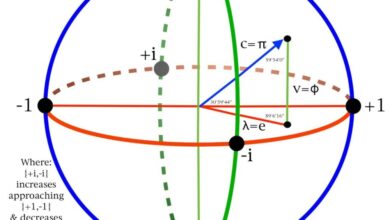The Invention of Virtual Identity: This Person Doesn’t Exist and AI-generated Faces

In the epoch marked by a rapid technological development, the distinction between real life and artificial is fading out with an unprecedented speed. The example that says everything is actually “This Person Does Not Exist” web page that creates entirely fake but hyperrealistic human faces. This fascinating platform has opened up international discussions on artificial intelligence opportunities, possible consequences and what reality means.
How does it Operate?
“This Person Does Not Exist”’s magic lies in a convoluted algorithm called Generative Adversarial Network (GAN). A GAN is essentially two competing neural networks. One network called the generator makes poor quality images while the second one referred to as ‘discriminator’ tries to differentiate between good and bad pictures. With this kind of adversarial process, the generator improves at creating much more believable synthetic matter.
This therefore generates an infinite number of completely realistic human faces. Often, these are so authentic it’s even hard to believe they are not photographs of actual people. It’s learned all features like skin color or hairdo or eyes expression belonging to humans from normal ones to complex ones in particular cases.
Implications and Concerns
There are several implications that emerge as a result of generating such synthetic content which is so realistic. Among the most important things to be discussed regarding this matter includes possible deep fakes where AI is utilized to manipulate existing media like videos or audio files into creating fake content that is highly convincing. This kind of technology can also be misused for evil purposes whereby it will be used to spread lies or produce counterfeit materials.
Moreover, the mushrooming use of artificial intelligence in developing images raises questions about identity and authenticity. With difficulty in distinguishing between real and false photos it may be necessary to re-think how we certify information and rely on internet contents. This calls for critical thinking abilities as well as media literacy needed in order to navigate through this new direction.
Beyond Faces
“This Person Does Not Exist” mainly pays attention only on human faces but the underpinning technology has applications that go beyond this one particular case. Content generated by an Artificial Intelligence (AI) includes realistic images of objects, scenes, or even whole worlds. As such, this impacts on various sectors including advertising, gaming and movies industry.
For instance, AI can be utilized to build lifelike merchandises photos for online selling platforms saving on time and cost that would have been spent on traditional photography. Another area where AI is widely used is the gaming industry with a significant contribution of it in creating large and detailed virtual environments enhancing the player experience.

The Future of AI and Reality
Content generated by artificial intelligence is still at its initial stages and we should expect more stunning innovations in future. While continuously advancing technologically, it is important to strike a balance between innovation and ethical considerations.
By understanding what AI can do as well as its limitations, we can exploit it positively while curbing negative implications. Thus, frameworks which will ensure AI-generated contents aren’t abused must be developed.
Conclusion
In conclusion, the making of this hyper-realitic synthetic content challenges our perception of what’s real life. It is therefore necessary as we go through this unsure zone to remain analytic thinkers who employ caution and accept change. The focus should be on grasping opportunities and overcoming obstacles in order to guide an environment where ai becomes a powerful tool for creativity & innovation while preserving the integrity of our digital world.
“This Person Does Not Exist” provides an intriguing sneak peek into what could soon become commonplace in terms of artificial intelligence going forward.





